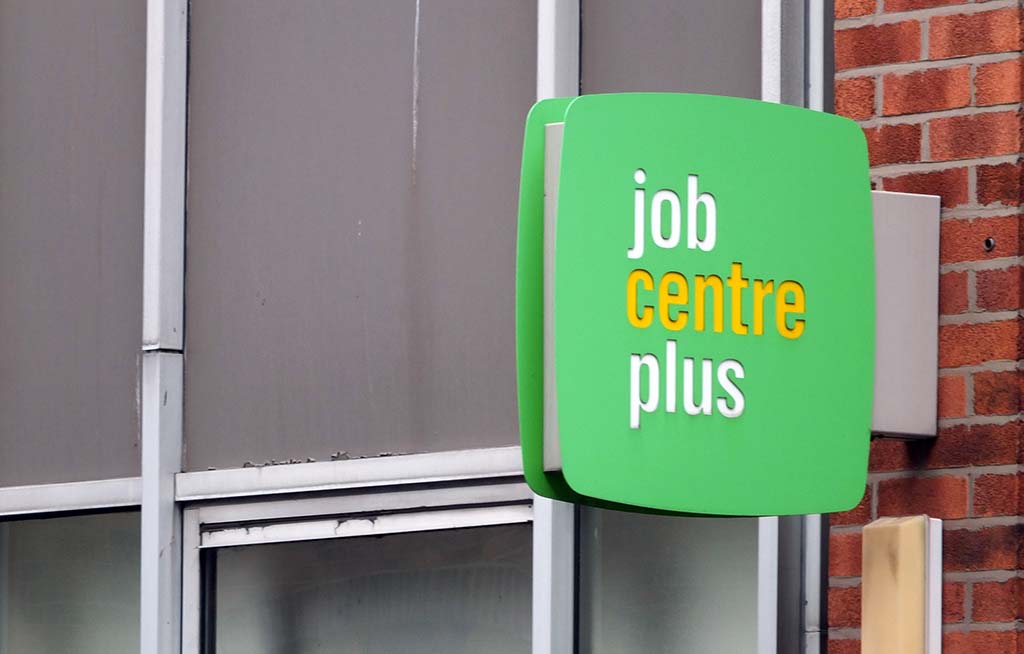The UK government spends around £100 billion each year on working-age benefits predominantly for those with low incomes or disabilities. Broadly, these payments protect families from hardship, reduce inequality, and support disabled people. But governments across the world and over time have designed these programmes in very different ways.
Policymakers have taken widely varying judgements on whether to prioritise spending on those in work or those out of work, to what extent benefits should be cash rather than ‘in-kind’ (such as council housing), how much should be targeted on specific groups like families with children, and so on. These decisions have big effects on who gets how much and in what form. Benefits policy choices matter.
Benefits design, trade-offs, and unintended consequences
Differences in design can drastically affect how well the system works. There are advantages and disadvantages to any benefit system, but poorly designed systems can give rise to unintended consequences.
A familiar concern is that providing benefits can discourage claimants from trying to earn more or even get into work. But different designs can also affect the extent to which families claim benefits they are entitled to – for example, by making the system complicated or creating a sense of stigma for claimants.
Benefits which aim to ‘top-up’ low wages might enable employers to pay workers less than they otherwise would. And systems which incentivise part-time work might stop claimants from building up the experience necessary to see longer-term earnings progression. Navigating these trade-offs and pitfalls is as much a part of benefits policy making as the political questions of which groups should get more or less.



















